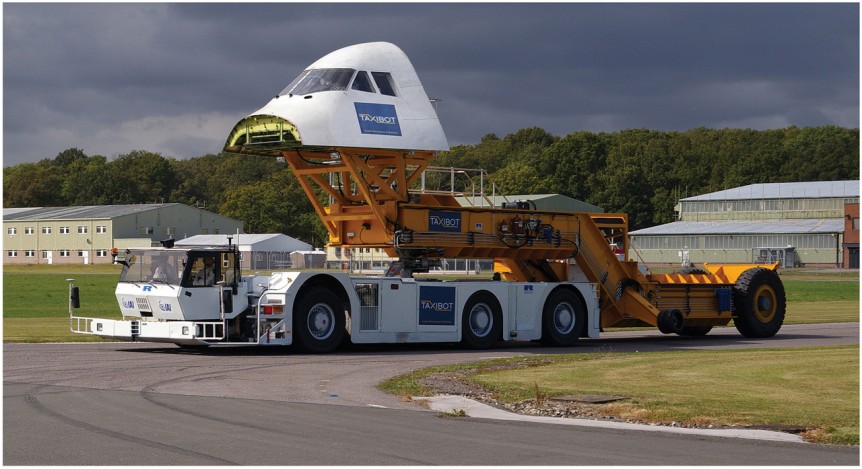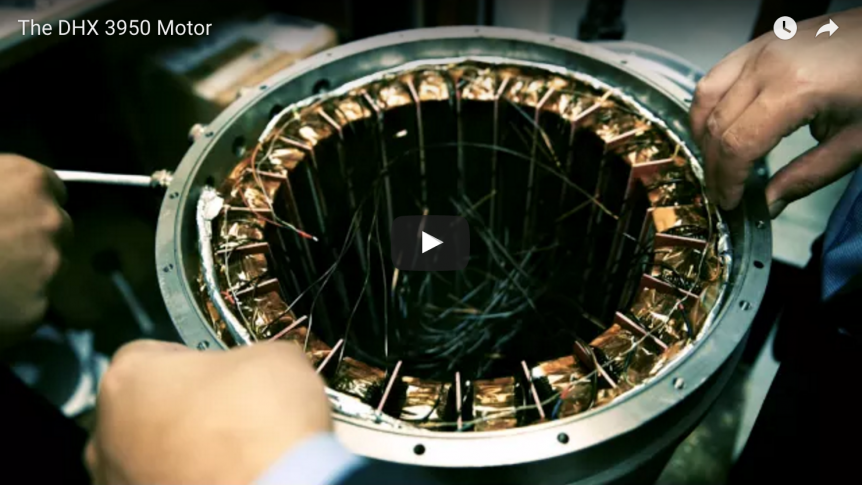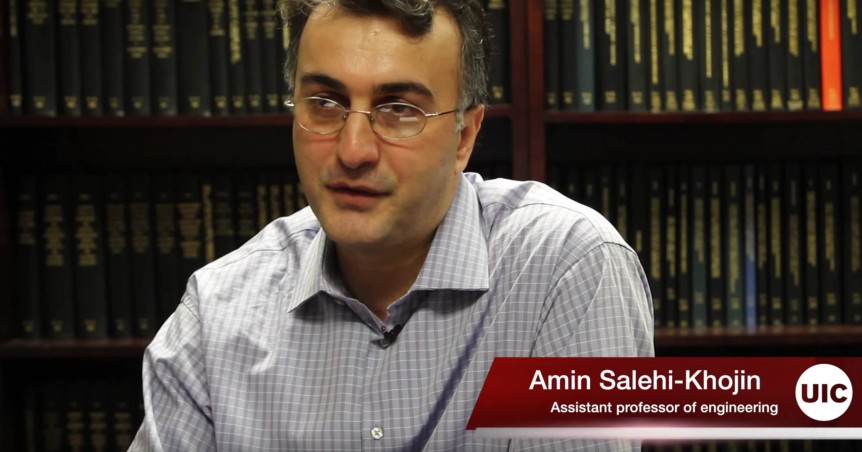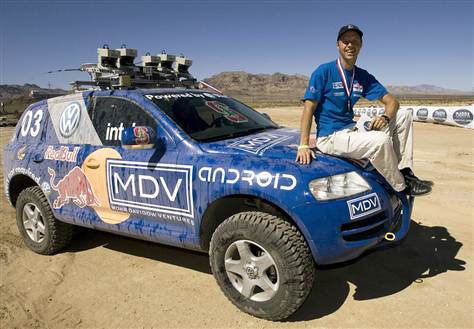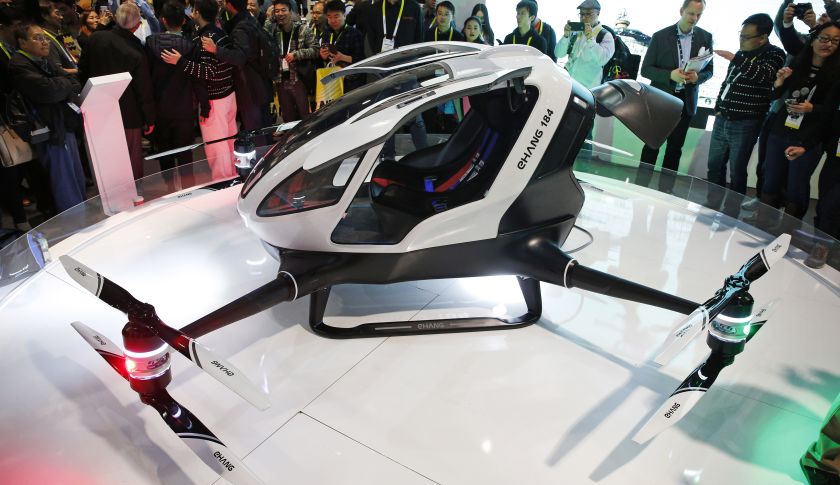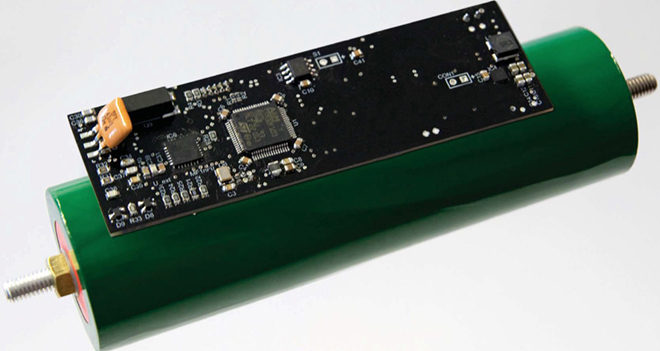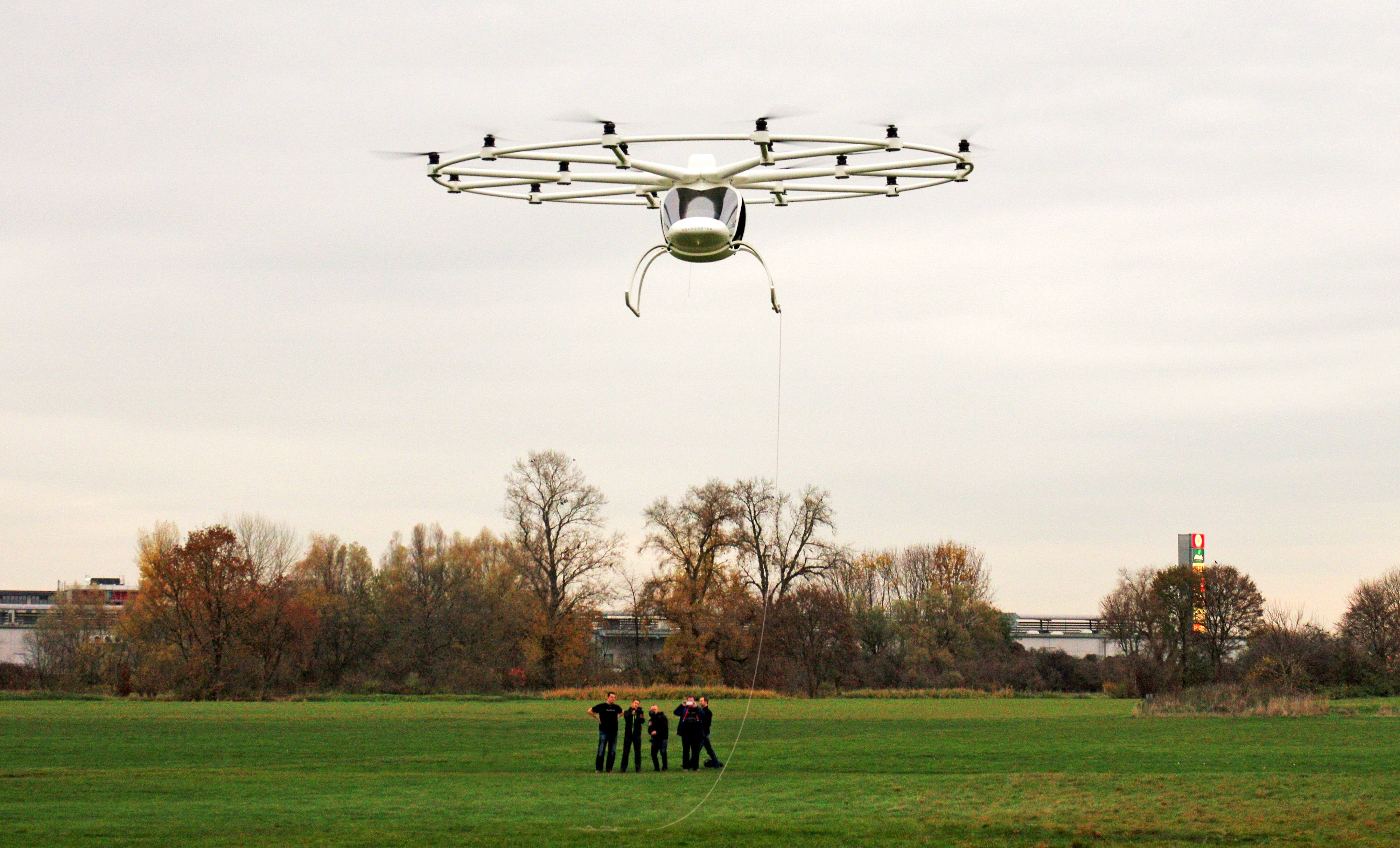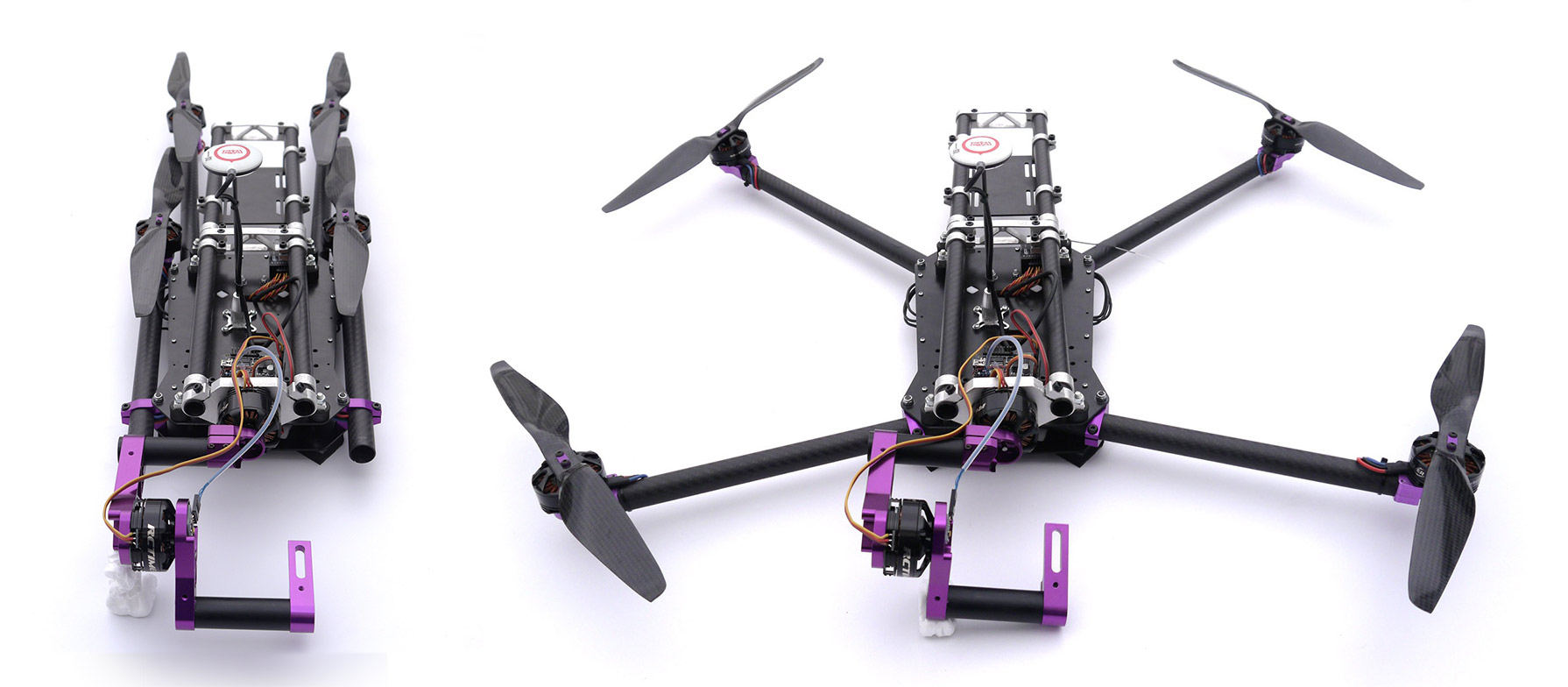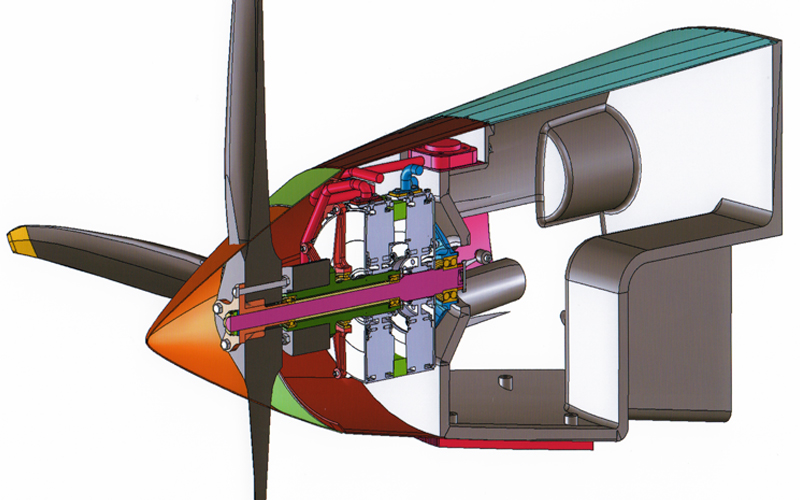January 19 marked the first flight by a Raptor UAS drone using pelletized hydrogen to power a fuel cell that generates electricity and makes the propeller turn. Energy Pellets Cella Energy, a Scottish-based enterprise, is now producing small quantities of their little green beads (just in time for Mardi Gras), filled with solid-state hydrogen. Claimed to have “two or three times” the energy per weight of the best of lithium-ion batteries, Cella’s pellets are designed to enable low-pressure transportation of hydrogen in a form that allows fueling to take place with a bit of magic sleight of hand. Looking like miniature green dumplings, Cella’s mix of plastic and encapsulated hydrogen has the advantage of using existing infrastructure, “with minimal alterations.” Think of the pellets as a dumpling with a hydrogen filling which can be repeatedly extracted and refilled. How many refillings is not stated at this time. Recycled Energy The pellets release their hydrogen into a fuel cell when they are …
Fuel Cells for Taxiing
What seemed like an easy transition a few years ago has been delayed by one developer. “Safran and Honeywell have delayed by two years the planned entry into service of their electric green taxiing system (EGTS), a device designed to enable an airplane to taxi with its engines shut down. Aviation International News (AIN) quoted a spokesperson as saying, “The team is still working on the program with a goal of certification in 2018 and entry into service shortly after.” The system uses motors on the main gear to enable taxiing under power. One of several competing systems, WheelTug, has motors on the nose gear only. Wheeltug uses a Boeing 737-800 as a testbed for the certification program. A United States company with manufacturing apparently based in Gibraltar, WheelTug claims orders for 985 systems by 22 airlines. Another system, TaxiBot, was developed by Israel Aerospace Industries in cooperation with France’s TLD, Germany’s LufthansaLEOS, the ground-handling component of the airline. The …
20 Horsepower from a Coke Can
DHX Electric Machines, Inc. has partnered with Deltawing Technologies, Inc. and signed an agreement granting DeltaWing worldwide rights to make, use and sell DHX electric motors and components specifically designed for automotive applications, according to greencarcongress.com. Deltawing is an outgrowth of Panoz Racing, a team often associated with Garage 56 at LeMans, a non-standard entrant allowed for its innovative approach to reaching high speeds. Their latest efforts have turned to achieving the CAFE (in this case Corporate Average Fuel Economy) goals of the federal government for 54.5 miles per gallon by 2025. The swoopy car follows the look of Nissan’s Garage 56 entrant which raced (but not for long) in the 2014 Le Mans race. It had topped 300 kilometers per hour (186 mph) on electric power alone, the first car ever to lap Le Mans on electric power only. Deltawing’s four-seat “economy car” looks a great deal like Nissan’s racer, and will use a DHX motor, compact and light …
Superoxides May Be New Super Materials for Batteries
A significantly large and geographically diverse group of researchers has invested a large amount of time and intellectual capital investigating superoxides, an innovative way to keep lithium-air batteries refreshed and ready for more. Groups at Argonne National Laboratory, the University of Illinois at Chicago, Hanyang University in Seoul, South Korea; the University of Utah and the University of Kentucky all contributed to the ongoing project. While still serving as U. S. Secretary of Energy, Steven Chu called on academia and industry to develop a battery five times as powerful as then available lithium cells, at one-fifth the cost of then current batteries. We may not have arrived at that ambitious goal yet, but Argonne and UIC see a possible breakthrough in making lithium-air batteries – theoretically the most energetic of lithium chemistries – into long-lasting, energy-dense energy storage units. So far, lithium air batteries have a limiting weakness, the use of lithium peroxide, something that ends up being “an insoluble …
From DARPA Ugly to Svelte and Streamlined
Seeing Google cars navigating our streets and highways, with their arrays of spinning sensors and antennas bristling from their roofs gives us the impression that the technology involved is complex and expensive. Until recently, they were, with Wired reporting that early Google cars had multiple $80,000 LIDAR systems, and entrants in DARPA (Defense Advanced Research Projects Agency) challenges often sported over a quarter-million in esoteric devices that could, on occasion, spot the Holy Spirit in the vicinity. (Your editor made that last part up.) Mike Ramsey, writing for the Wall Street Journal suggests those prices may be going down – way down. “A Silicon Valley startup says it has solved several of the issues that might plague the introduction of autonomous vehicles — primarily the cost of the equipment. “Quanergy Systems Inc., of Sunnyvale, Calif., says it will offer a light detection and ranging sensor — or LIDAR — next year that costs only $250 and is the size of …
Controversial at CES 2016
Making a lot of column inches of traditional newsprint and reigning as clickbait on the Internet, the Ehang 184 is an eye-catching Autonomous Aerial Vehicle (AAV) causing a bit of controversy in the media. Unveiled at this week’s Consumer Electronics Show (CES 2016), it drew concentric circles of photographers who normally save their enthusiasm for the lovely models showing off the newest iPhone or PlayStation. Coming from a firm that already makes hobby drones, the 184 (one passenger, eight motors, four arms) can carry its trusting passenger up to 20 miles, depending on who’s reporting. Its 14.4 kilowatt-hour battery pack allows a maximum of 23 minutes of flight, and at 60 mph, a quick hop to a nearby destination, which Ehang describes as short to medium-range flight. Cnet.com considers licensing. “Ehang said that it’s working with multiple governments around the world and that no pilot’s license will be required to use the 184 AAV. Passengers navigate by tapping a destination …
Smarter Battery Controls Itself
Fraunhofer Institute for Manufacturing Engineering and Automation IPA in Stuttgart is part of a consortium dedicated to simplifying and integrating components to enhance electric car efficiency. 3Ccar, a European collaborative project, gets its funding from the ECSEL, the Electronic Components and Systems for European Leadership Joint Undertaking. 3Ccar’s goal is to develop “Integrated Components for ComplexityControl in affordable electrified cars,” giving them a noble purpose and convoluted abbreviation. Fraunhofer’s mission in the consortium, to provide smart battery cells, looks to be well in hand with the recent announcement of battery cells that contain a “built-in microcontroller that records relevant physical parameters, such as the temperature and the state of charge of the cell—i.e., each cell knows its own condition. The cells communicate via the existing power wiring between battery cells; they can also communicate with other devices, such as the on-board controller, which uses the data from the cells to calculate the state of charge.” According to the Institute, having a controller …
The Proof is in the Piloting
Helicopter flying has been compared to patting your stomach while rubbing your head, something few manage well, if at all. Imagine trying to not only keep the rudder pedals, cyclic and collective under control but also fiddling with 18 throttles. Even a conventional helicopter is a handful with one engine or motor. Maintaining level flight with multiple lifting points at different points around the central fuselage would add to that level of difficulty beyond most people’s mental processing levels. Luckily, someone at Volocopter has worked out a very clever and quick-witted set of algorithms to take the stress out of that high-risk conundrum, as proven by company CEO Alex Zosel’s recent flight – single-handed and even briefly hands-off. Heike Blödorn, the firm’s public relations spokesperson, writes, “Alex Zosel is thrilled after his first flight and explained that ‘for years, we have claimed that the Volocopter is super easy to fly, now we’ve proven it in a very impressive way. I …
Hybrid Quadrotor Can Stay Aloft 2.5 Hours
Richard Glassock did his graduate work on small hybrid gas-electric systems, and keeps your editor current on that part of the aeronautical power spectrum. He recently shared one promising example of such technology in the drone market. Where current quadrotors are limited in size, power, and flight duration, the Quaternium Hybrix 20 is larger, heavier, and can fly for up to 2.5 hours, according to its makers. The, according to its Spanish maker Quaternium is six times the endurance of current camera-bearing drones. The 20 weighs 11.3 kilograms (25 pounds) empty and can carry a 7 kilogram (15.4 pounds) payload. It approaches the current limit on the Small Unmanned Aerial System (SUAS) of 25 kilograms (55 pounds) and does not exceed the 100 mph speed limit for such systems. The video, judging from the size of the vehicle relative to the human starter and pilot, is the 20. The 50 and 100 are proportional to their designation, based on the …
Britain Puts an Electric Nose on a New Zealand Carbon Fiber Falco
Richard Glassock, an Australian now working in Hungary, has been a presenter at an Electric Aircraft Symposium and received worldwide interest for his eight-passenger, open cockpit sailplane design a few years ago. He writes today to share news about a twin electric motor conversion for a Falco, the great, high-speed craft by Italian Stelio Frati. Originally designed for four-cylinder, horizontally-opposed engines of up to 300 horsepower, the wood airframe was incredibly complex and required thousands of hours to construct. Signor Aldini reported taking 80 hours just to make the main spar’s jig – with four people needed to complete clamping before the glue set. With the increasing difficulty of finding aircraft-grade sitka spruce or aircraft-grade wood craftsmen, those who can replace their time with money can purchase an all-carbon-fiber composite kit with qualifies under the FAA’s 51-percent rule – the homebuilder being responsible for 51 percent of the construction. All kits for the airframe, firewall back, total over $92,000 (U. S. …


